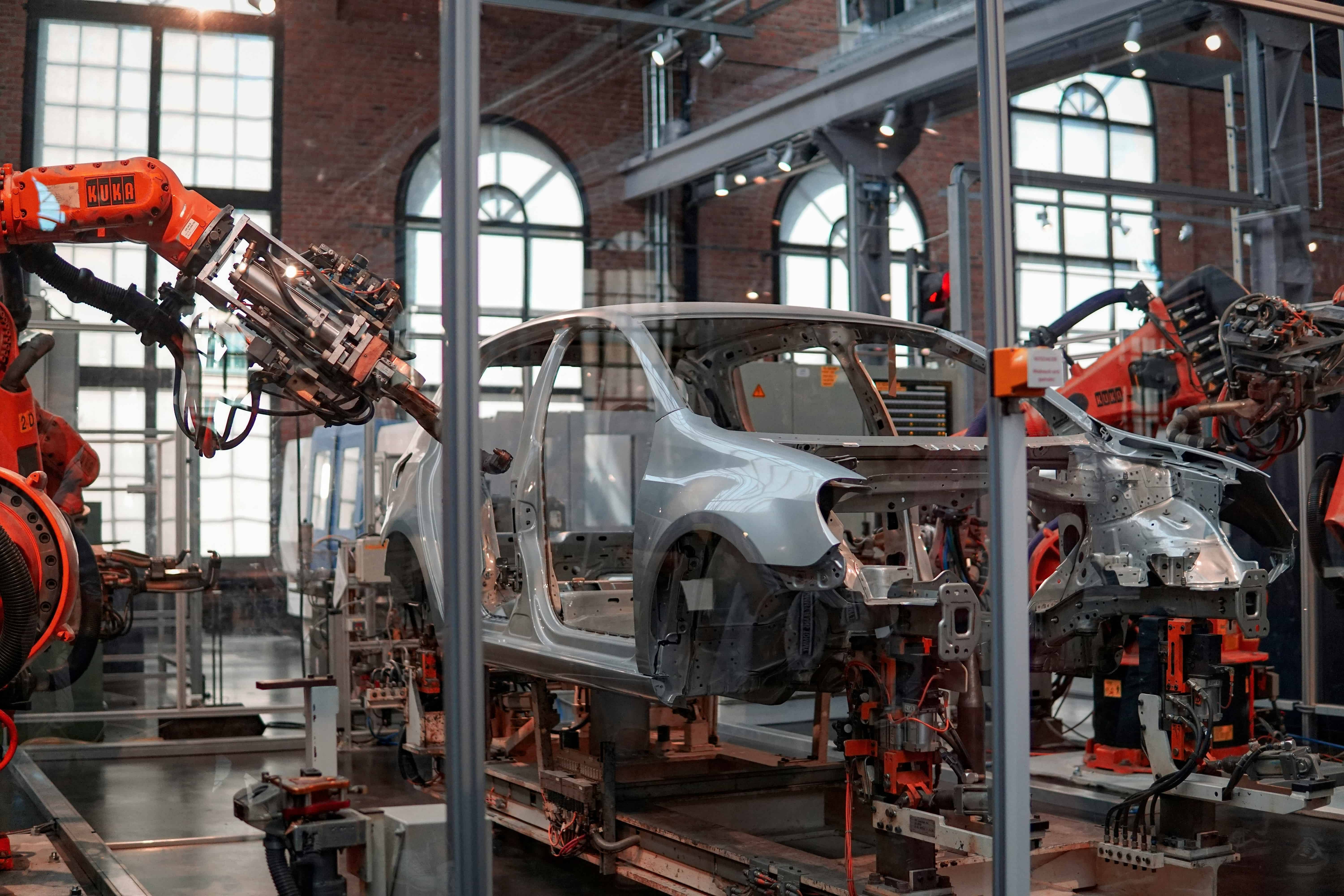Factories and industrial plants depend on thousands of machines working together to keep production running. When a key piece of equipment breaks down, the costs can skyrocket, with lost productivity, expensive repairs, and wasted materials. Traditionally, companies have taken one of two approaches to maintenance. Some wait until something breaks before fixing it, which can lead to costly downtime. Others schedule regular maintenance, often replacing parts too soon or too late.
Now, artificial intelligence is offering a smarter alternative. Scientists have developed AI-powered systems that allow machines to predict their own failures before they happen. Instead of reacting to breakdowns, industries can now fix machines proactively, saving time, money, and resources. This approach, known as intelligent fault diagnosis, is transforming how industrial machinery is monitored and maintained.
Why Machines Fail and Why It Matters
Industrial machines, like motors, pumps, and conveyor belts, experience wear and tear over time. Heat, friction, and constant movement cause parts to weaken. Some failures happen suddenly, but many give off warning signs days or even weeks before they break. A motor may start vibrating differently, a pump might run hotter than normal, or a conveyor belt could slow down slightly.
Detecting these early warning signs is difficult because modern factories generate enormous amounts of data from sensors tracking machine performance. Engineers can monitor this data, but manually analyzing thousands of signals in real time is impossible. This is where AI becomes crucial. By processing vast amounts of sensor data, deep learning models can recognize unusual patterns that signal a problem before it becomes serious.
How AI Learns to Detect Machine Problems
AI-powered fault diagnosis relies on deep learning, a type of artificial intelligence that mimics the way the human brain recognizes patterns. To train these AI models, scientists feed them historical data from real machines. The system learns to recognize the difference between normal operation and early signs of malfunction.
The process begins with data collection. Sensors on machines track temperature, vibration, pressure, and electrical signals. This raw data is then cleaned and organized so the AI can focus on the most relevant information. Once trained, the AI can analyze new data in real time, instantly flagging any changes that indicate a developing issue.
With experience, the AI model improves its accuracy. The more data it processes, the better it gets at distinguishing between normal fluctuations and actual problems. This makes it possible to predict failures before they happen, allowing engineers to repair or replace parts at the right time.
The Power of Edge Computing in Machine Monitoring
One challenge of AI-based monitoring is the massive amount of data machines generate. Sending all this data to cloud servers for processing can be slow and expensive. To solve this, many industries are turning to edge computing, where data is processed directly at the source.
Instead of relying on a remote data center, AI models run on small, powerful devices located right next to the machines they monitor. This allows them to detect failures instantly, without needing an internet connection. For factories in remote areas or industries where even a few seconds of delay can cause damage, this is a game-changer.
Predicting When Machines Will Fail
Beyond identifying faults, AI is also being used to estimate how long a machine will last before it needs servicing or replacement. This is called Remaining Useful Life (RUL) prediction. By analyzing past failures, AI models can provide estimates on when maintenance should be performed.
For example, an AI system monitoring a factory could determine that a motor has about three weeks before it needs servicing. A conveyor belt might continue running for another two months before requiring maintenance. A pump could fail within 30 days if it isn’t checked. By providing these predictions, AI allows companies to schedule maintenance at the perfect time, avoiding both premature part replacements and unexpected breakdowns.
Where AI is Already Making a Difference
AI-powered machine monitoring is already being used in industries such as manufacturing, energy, aerospace, and logistics. In car factories, AI systems track assembly line robots, ensuring they don’t break down unexpectedly and disrupt production. Power plants use AI to monitor turbines and generators, preventing breakdowns that could cause widespread power outages. The aerospace industry relies on AI to check aircraft engines and components, reducing the risk of mechanical failures. In shipping and logistics, AI helps keep conveyor systems running smoothly, preventing delays in package sorting.
These industries have already seen major benefits, with reduced downtime, lower maintenance costs, and improved safety. As AI-powered fault diagnosis continues to improve, its impact will only grow, making factories and production facilities more efficient and reliable.
A Future Without Unexpected Breakdowns
For decades, machine maintenance has been a reactive process, with repairs happening only after problems arise. AI and deep learning are shifting this approach to one that is predictive and proactive, reducing costly downtime and extending the life of critical equipment.
As this technology continues to advance, we may soon live in a world where factories, power plants, and transportation systems operate with almost no unexpected failures. Machines will be able to monitor their own health, warn engineers before problems occur, and even suggest ways to improve performance.
This shift isn’t just about fixing machines - it’s about transforming industries. With AI, the future of industrial maintenance is smarter, safer, and more efficient than ever before.


